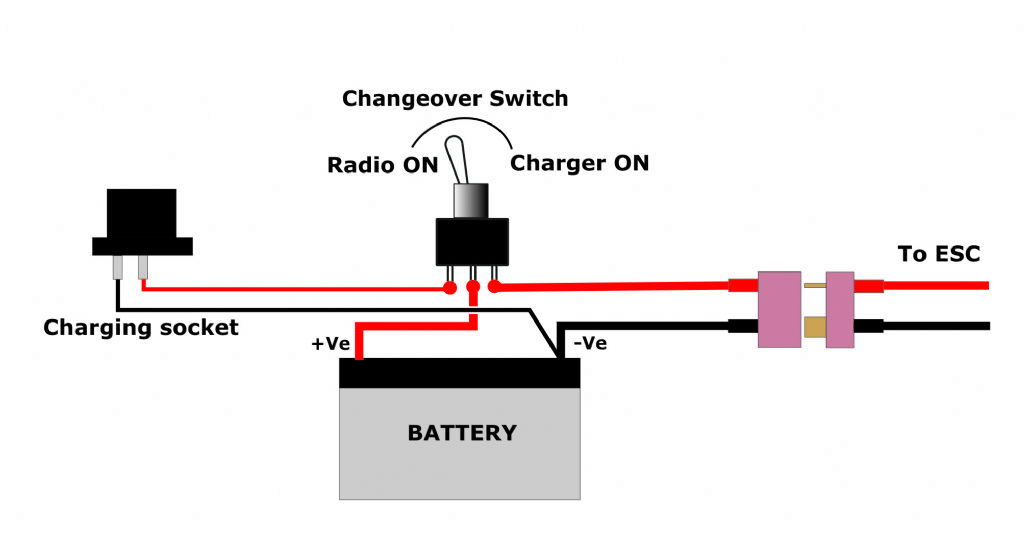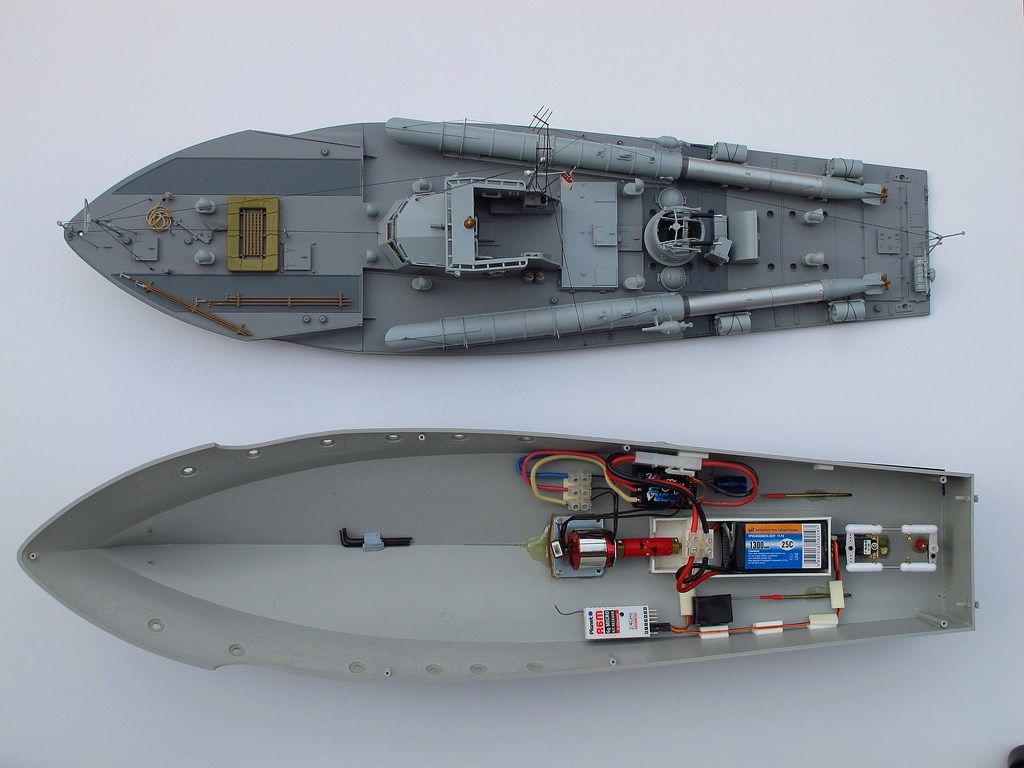Kim/Andy
The conventional approach to charging LiPo batteries is different to NiMH and NiCAD cells. Here is Component Shop.co.UK's "Do's and Dont's". **LINK** while here is my approach.
CompShop recommend that LiPo packs should always be charged and stored inside a fire-safe container, such as a purpose-made sealed bag. I do use one of these for storage (because Iain Lewis gave me one to try!) but not for charging, mainly because the battery leads are so short.
I use a little voltage/battery state indicator to tell me the voltage of each individual cell in the pack. This allows me to see if the cells are balanced (unbalanced cells in a pack is a potentially dangerous state of affairs). It also gives me a good idea of the charge remaining in a pack http://www.componentshop.co.uk/7-segment-display-battery-status-indicator-for-2s-to-6s-7-4-22-2v-with-hard-case.html
I have an X200 charger which monitors just about everything and stops the charge if anything goes remotely awry. If you use a mains (slow) balanced charger then there's precious little which could go wrong at the low currents involved.
I always remove the pack from the model and I NEVER leave packs unattended while charging them. I should say that my models all have easy access to the radio and battery compartments so there's no reason to leave the battery in situ.
I always restrict the charge rate of my LiPo packs to 1C – which is pretty quick anyway if you're charging during the previous day. The packs never get hotter than 30°C at this rate.
I ALWAYS use a balanced charge – there's no reason why not to do so.
I think that with sensible handling there's no reason why these batteries shouldn't be left in a model while charging, as long as you don't do anything daft like fast-charging them at 5C and that you keep an eye on the charging process all the time. I would say, however, that the battery ought to be removable for the occasional physical examination (for "puffing" or dents in the cells).
Finally bear in mind that even with the best charging and maintenance you'll only get about a hundred charges from a LiPo pack before it's exhausted, whereas a NiMH pack will give you thousands. If you're in any doubt then use a NiMH pack instead of a LiPo.
The layout in the diagram above is a movable feast. For example, you could fit the Deans connector between the battery pack and the switch instead, and you might sensibly incorporate a fuse in the positive line from the switch to the ESC.
I hope that's clarified a few things; we're all still learning about these new things but the overarching consideration should be safety. I've seen videos of these battery packs blowing up and I wouldn't want to be anywhere near one if it did.
Dave M
Edited By Dave Milbourn on 07/03/2015 11:02:30
Edited By Dave Milbourn on 07/03/2015 11:14:11






